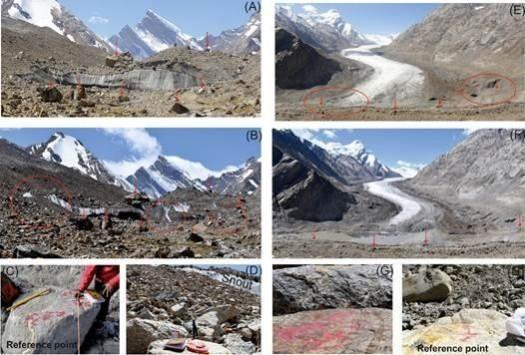Chicago's downtown buildings are slowly sinking, according to an alarming study, just three months after USGS said the city of New York is sinking at the rate of about 1-2 millimeter (mm) per year, due to the weight of its skyscrapers.
Researchers from Northwestern University in the US linked the shifting ground beneath to underground climate change. As the ground heats up, it also deforms. This phenomenon causes building foundations and the surrounding ground to move excessively (due to expansions and contractions) and even crack, which ultimately affects structures' long-term operational performance and durability.
For the study, they built a 3D computer model to simulate how ground temperatures evolved from 1951 (the year Chicago completed its subway tunnels) to date. They found values consistent to those measured in the field and used the simulation to predict how temperatures will evolve until the year 2051.

According to the simulations, published in the journal Communications Engineering, warmer temperatures can cause the ground to swell and expand upward by as much as 12 millimetres. They also can cause the ground to contract and sink downward -- beneath the weight of a building -- by as much as 8 millimetres.
Although this seems subtle and is imperceptible to humans, the variation is more than many building components and foundation systems can handle without compromising their operational requirements.
"It's not like a building will suddenly collapse. Things are sinking very slowly. The consequences for serviceability of structures and infrastructures can be very bad, but it takes a long time to see them," said lead author Alessandro Rotta Loria, assistant professor of civil and environmental engineering at Northwestern's McCormick School of Engineering.
"It's very likely that underground climate change has already caused cracks and excessive foundation settlements that we didn't associate with this phenomenon because we weren't aware of it," he noted.

The findings come as researchers at the United States Geological Survey, in May, stated that New York City is sinking about 1-2 millimeter (mm) per year, from the weight of its skyscrapers.
Their study, published in the journal Earth's Future, showed that New York City faces accelerating inundation risk from sea level rise, subsidence, and increasing storm intensity from natural and anthropogenic causes.
In the new study, researchers also reported that past building damage may have been caused by such rising temperatures and expect these issues to continue for years to come.
"Underground climate change is a silent hazard," said Loria. "The ground is deforming as a result of temperature variations, and no existing civil structure or infrastructure is designed to withstand these variations. Although this phenomenon is not dangerous for people's safety necessarily, it will affect the normal day-to-day operations of foundation systems and civil infrastructure at large," he added.
(With inputs from IANS)

















